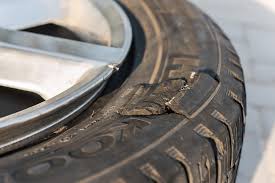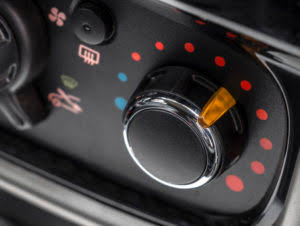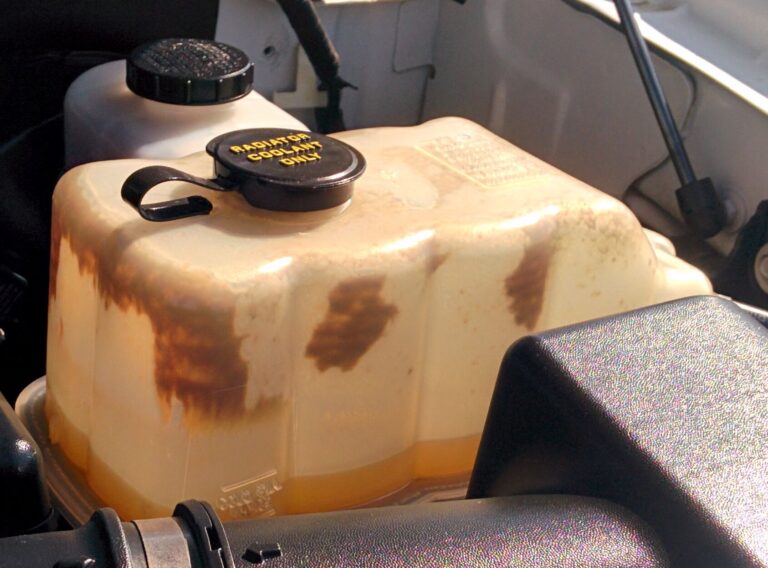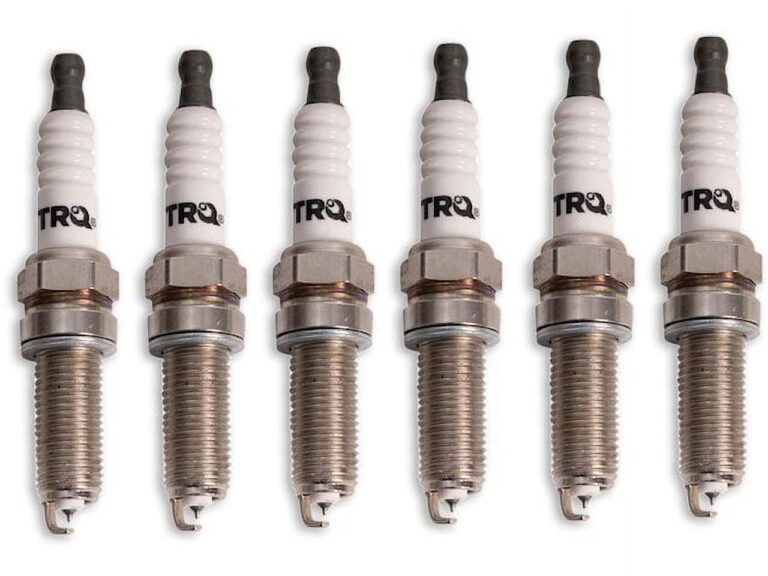Will Driving on a Flat Tire Ruin the Rim?

Driving on a flat tire is a common issue many drivers face, but it’s also one of the most damaging things you can do to your vehicle. While most people know it’s unsafe to drive with a flat tire, they may not realize just how much it can affect other parts of the car, especially the rims. In this article, we’ll explore whether driving on a flat tire will ruin the rim, the potential consequences, and why it’s essential to address flat tires promptly.
Understanding How Tires and Rims Work Together
Before delving into the consequences of driving on a flat tire, it’s important to understand the relationship between tires and rims. The tire is designed to provide traction, absorb shock from the road, and keep your vehicle balanced. The rim, on the other hand, is the metal component that holds the tire in place and allows it to stay securely attached to your car.
When you drive on a flat tire, the tire’s pressure drops significantly, causing it to lose its ability to properly cushion the weight of the car. This lack of air pressure means the car’s weight is now directly resting on the rim, especially when the flat tire is completely deflated. This additional pressure can cause significant damage to the rim, leading to costly repairs.
What Happens to the Rim When You Drive on a Flat Tire?
Driving on a flat tire places excessive pressure on the rim in several ways:
1. Scraping and Bending
When a tire is deflated, the rubber no longer provides the necessary cushioning between the vehicle and the road surface. As a result, the rim comes into direct contact with the pavement, potentially scraping the surface of the rim. If you continue to drive on the flat, the rim may also bend or deform, which can make it difficult or impossible to mount a new tire on it.
2. Cracks and Chips
The added pressure from a flat tire can cause cracks or chips in the rim, especially if you’re driving on rough roads or hitting potholes. Over time, these cracks weaken the integrity of the rim and may lead to a complete failure, especially if the rim is made from softer materials like aluminum.
3. Loss of Structural Integrity
The longer you drive on a flat tire, the more likely you are to compromise the structural integrity of the rim. Since the tire is no longer able to absorb shock from the road, every bump, pothole, or rough surface is directly transferred to the rim. If the rim becomes severely deformed or damaged, it could affect your vehicle’s handling and safety.
Risks of Driving on a Flat Tire
Aside from damaging the rim, driving on a flat tire can lead to other serious risks, such as:
1. Increased Repair Costs
If you continue to drive on a flat tire, you may need to replace not only the tire but also the rim. Depending on the extent of the damage, repairing or replacing a rim can be far more expensive than simply replacing the tire. In some cases, rims that are too damaged may need to be replaced entirely, which is a costly process.
2. Risk of a Blowout
Driving on a flat tire places excessive strain on the remaining parts of the tire. If the tire is severely damaged or punctured, it could lead to a blowout, which can result in a loss of control and increase the likelihood of a car accident. A blowout can be far more dangerous than a slow tire leak, as it can happen unexpectedly, leaving you with limited time to react.
3. Damage to Other Components
Besides damaging the rim, driving on a flat tire can also put stress on other components of your vehicle, such as the suspension, wheel bearings, and alignment. If these parts are damaged, the cost of repairs can rise dramatically.
How Can You Avoid Damaging the Rim?
To prevent rim damage, here are some steps you can take:
1. Pull Over Immediately
If you notice that you have a flat tire, pull over to a safe area immediately. Continuing to drive, even for a short distance, can damage the tire and rim beyond repair. If you’re unsure whether the tire is flat or low on air, inspect it visually. A flat tire will appear visibly deflated, while a low tire will be slightly underinflated but still holding some air.
2. Use a Spare or Call for Help
If you have a spare tire, replace the flat tire with it as soon as possible. If you’re unable to replace the tire yourself, call a roadside assistance service. Many services can help you get the tire replaced quickly and safely.
3. Regular Tire Inspections
Check your tires regularly for signs of wear, punctures, or low pressure. Tires with low air pressure are more susceptible to damage, and a quick inspection can help prevent a flat from happening at an inconvenient time.
4. Drive Cautiously
If you must drive on a flat tire temporarily, avoid high speeds and sudden maneuvers. The slower you go, the less stress you place on the rim and other vehicle components. However, this is a temporary solution, and the tire should be repaired or replaced as soon as possible.
FAQs
Can I drive on a flat tire for a short distance?
While it’s possible to drive on a flat tire for a very short distance, it is not recommended. Even a brief drive can cause significant damage to the rim and increase the risk of further vehicle damage.
What should I do if I have a flat tire and can’t replace it right away?
If you can’t replace the flat tire immediately, use a temporary fix, such as a tire repair kit or a spare tire. Limit your driving speed and distance to reduce the potential for damage.
How much damage can a flat tire do to a rim?
The extent of damage depends on how long you drive on the flat tire. Even a short drive can cause the rim to scrape, bend, or crack. Driving on a flat tire for extended periods increases the likelihood of severe rim damage.
Is it safe to drive with a flat tire if I am on the highway?
It is highly unsafe to drive with a flat tire, especially on the highway. The risk of further damage to the tire, rim, and other vehicle components increases significantly at higher speeds.
Can I fix a bent rim?
In some cases, a bent rim can be repaired, but this depends on the severity of the damage. A skilled mechanic can evaluate whether the rim can be straightened or if it needs to be replaced.
Conclusion
In conclusion, driving on a flat tire can indeed ruin the rim, causing it to scrape, bend, crack, or lose its structural integrity. The longer you drive on a flat tire, the more likely you are to cause extensive damage not only to the rim but also to other vehicle components, leading to costly repairs. If you notice you have a flat tire, it’s best to pull over immediately and either replace it with a spare or seek roadside assistance. By addressing the issue promptly, you can avoid the expensive consequences of driving on a flat tire and protect the long-term health of your vehicle.
Also Check:





